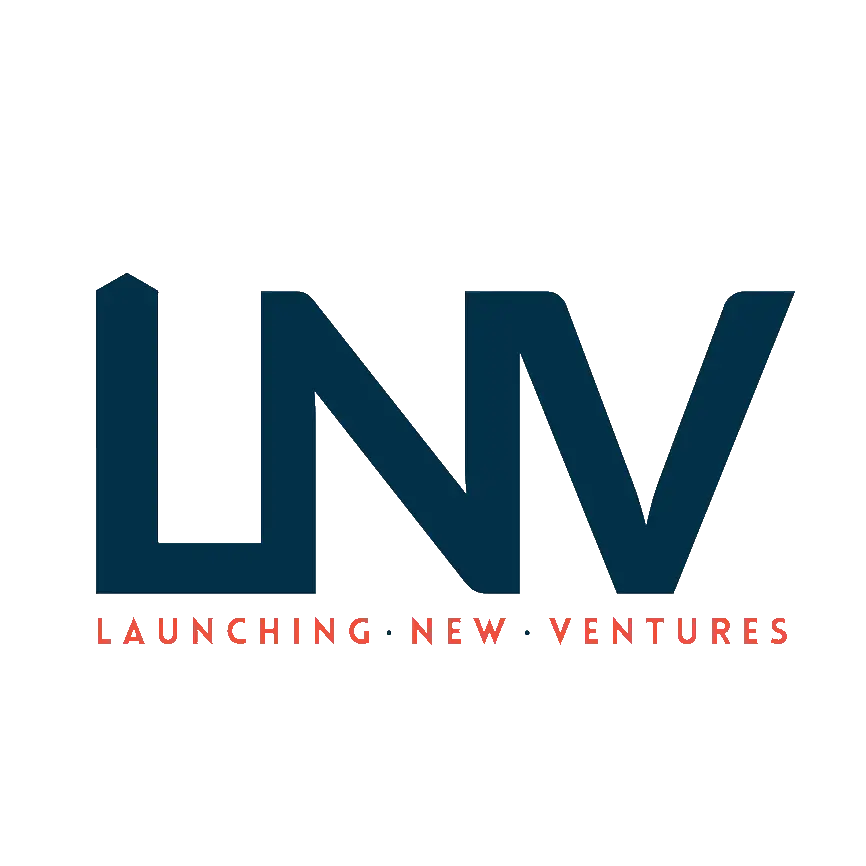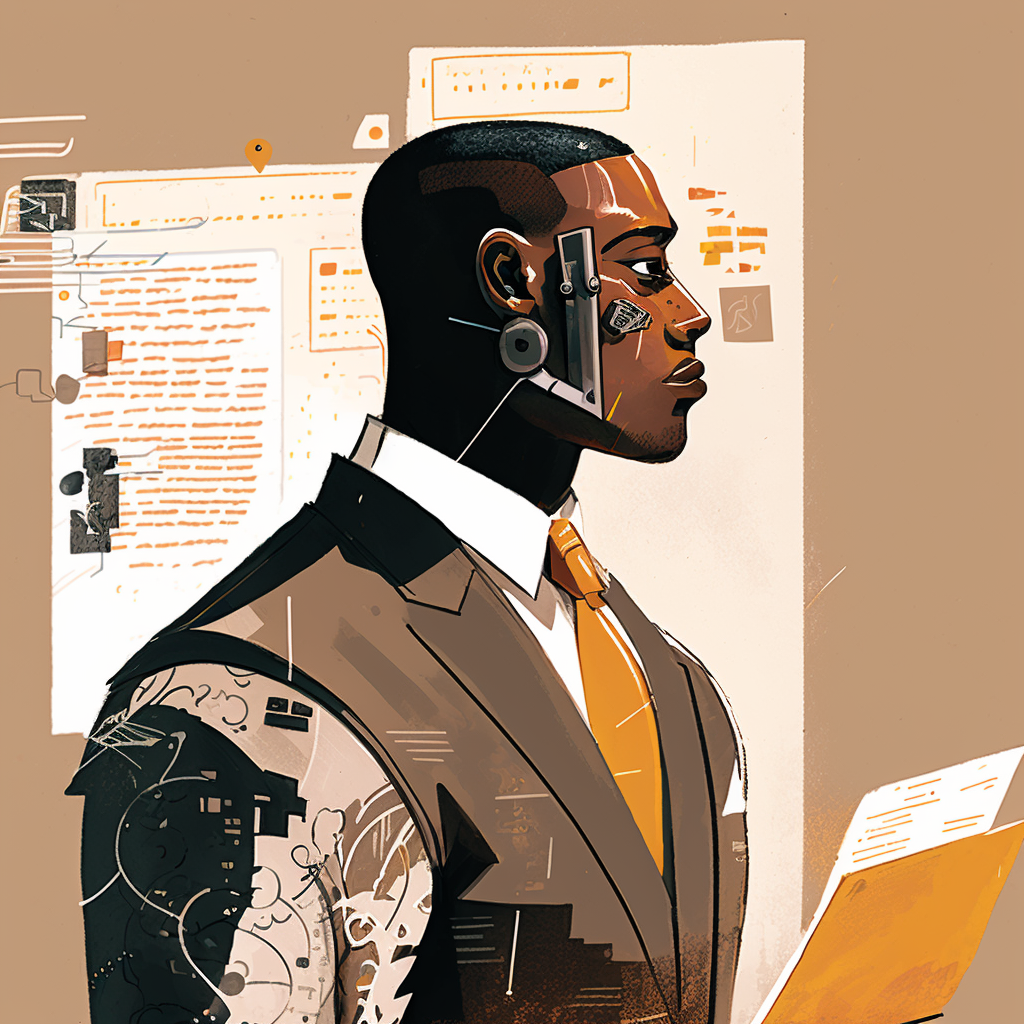Most of our buying decisions are emotional, not logical. Essentially, people don’t buy products, they buy emotions. You have to harness and unlock the marketing tools to influence people to want what you are providing. This doesn’t have to come off as some Machiavellian approach, but these cognitive biases are the same strategies used by billion dollar companies.
Novelty
Ask yourself: What is something different that people would want to experience?
Our inclination towards making minor, consistent improvements to things stems from the novelty effect. These improvements do not necessarily result from enhanced learning or achievement, but rather from heightened interest or competition. While a new feature may initially attract attention and lead to increased conversions (as seen in some tests with a 2% increase in conversion rate after introducing a new checkout design), its novelty will eventually fade over time, revealing the true effectiveness of the new feature or product.
Barnum
Ask yourself: Is there something that is general enough, but related to my product or service?
The Barnum Effect can be observed in quizzes, which are also an effective conversion tool. Marketers have reported lead conversion rates as high as 38% using quizzes, which people are drawn to as they provide a concrete result. Quizzes focus individuals’ attention on themselves, providing them with something to engage with and consider.
Delighter’s
Ask yourself: What features can I add that go beyond the customer’s expectations?
Delighters are unexpected surprises that can make a significant impact and leave a lasting impression. They create a sense of excitement and joy when received, without the accompanying dissatisfaction and frustration that comes with an expected feature’s absence. Improving customer satisfaction can be achieved more effectively through implementing delighters, such as attractive packaging, rather than solely focusing on traditional features like faster shipping.
Recognition
Ask yourself: How can I make this easier for people to recognize rather than recall?
When designing your website, it is important to ensure that the objects and operations which a user may want to use are clearly visible on the screen. This enables users to easily recognize and access these elements, rather than having to recall them from memory.
Cheerleader
Ask yourself: How can I make what I’m doing more of a group instead of an individual?
The “cheerleader effect” refers to the phenomenon where individuals are perceived as more attractive when seen as part of a group rather than alone. This occurs because our brains quickly process and summarize the collective faces or images into an overall representation that is often more visually appealing due to the group’s average facial or image characteristics.
Chunking
Ask yourself: What information can be combined together?
Chunking is a cognitive process in which individual pieces of information are grouped into smaller or larger units for easier processing. This technique can also involve breaking down larger groups of information into smaller, more manageable chunks, facilitating more effective processing.
Decoy
Ask yourself: How can I narrow my offering to three options, with the most attractive option being a no-brainer for the customer.
When customers are faced with too many options they feel overloaded. The is what they call the paradox of choice or decision paralysis. When there is more choice complexity customers will feel more anxious and it will inhibit their decision making. That’s when it’s important to simplify the process for your customers or determine what will give them the best value for their money. There may be three options, but one of the options is clearly the better option when applying simple logic. So, the goal isn’t to always make the decoy conspicuous, but it gives enough of an incentive to either upgrade or go with the more sensible choice.
Example might be going to a fast food spot. They have (Option A) sandwich for $5.00, (Option B) sandwich combo with fries and a drink for $6.50, or (Option C) double-sized combo, which will be two patties, double the fries, and double the drink size for $6.75. The most expensive option is Option C, but it’s clearly the best deal.
Curiosity
Ask yourself: Is there anything that can intrigue and make my customers look for more?
Incorporating an element of curiosity into your everyday product can be a powerful marketing tool. A well-known example of this was demonstrated by Ogilvy, who added a simple 5-cent eye patch to the Hathaway shirt campaign. By having the model wear the eye patch, the campaign generated significant curiosity and added depth to the character. This small addition ultimately resulted in the creation of a million-dollar business.
Peak-End
Ask yourself: How can I create a memorable ending to an experience?
You can intentionally create an emotional peak without necessarily incurring high costs. Simple actions such as using people’s names, remembering important dates, or streamlining a process can easily lead to positive peak experiences.
Nobility
Ask yourself: How does my business make the world a better place? And, how can I share this with my customers?
Companies that exhibit genuine social responsibility often receive increased respect and higher profits as a result. This trend has become increasingly popular in recent years as social responsibility has become more mainstream.
IKEA
Ask yourself: How can I create a process that enables customer to feel empowered by creating/customize a piece of the product or service?
When Betty Crocker’s instant cake mixes were introduced in 1950, they did not experience much success. To address this, the company enlisted the help of psychologist Ernest Dichter, who discovered that homemakers did not feel engaged in the baking process and did not perceive much value in the product. As a solution, the company replaced powdered eggs in the cake mix with the requirement to add fresh eggs. By adding this extra step, bakers became more invested in the process and their sense of ownership in the end product increased. As a result, sales of the cake mix increased.
Nostalgia
Ask yourself: Is there a specific memory that takes your customer’s back to a certain emotion?
Nostalgia or sentimentality can evoke feelings of social connectedness. However, a greater sense of social connectedness can reduce our desire for money, leading to increased spending.
In-Group
Ask yourself: Is your value and mission strong enough to create a community of zealots?
Our inclination to favor the group with which we currently identify is known as in-group bias. A prime example of this is evident among Apple customers, who have a strong sense of community and brand loyalty.
Underdog
Ask yourself: How can you position yourself as the option that is smaller but better?
Being an underdog can provide a significant advantage when facing a much larger competitor with greater resources, particularly if the competitor has a poor reputation.
Zeigarnik
Ask yourself: In what ways can I create simple, incomplete tasks for customers to complete?
The Zeigarnik effect refers to a psychological phenomenon where interrupted or incomplete tasks or events are more easily remembered than those that have been completed. This effect can cause audiences to have a strong desire for completed stories, resolved problems, answered questions, and achieved goals.
Exclusivity
Ask yourself: In what ways can I make my offering feel special or unique?
People want what they can’t have; and, what they can’t have they value more. It’s the principle of scarcity and exclusivity. It sparks and element of missing out. For this to work, try waiting lists, setting deadlines, limit quantities, or have qualifications. It doesn’t need to be baseless exclusivity- as this could have an adverse customer response. But, it needs to make sense for the offering.

